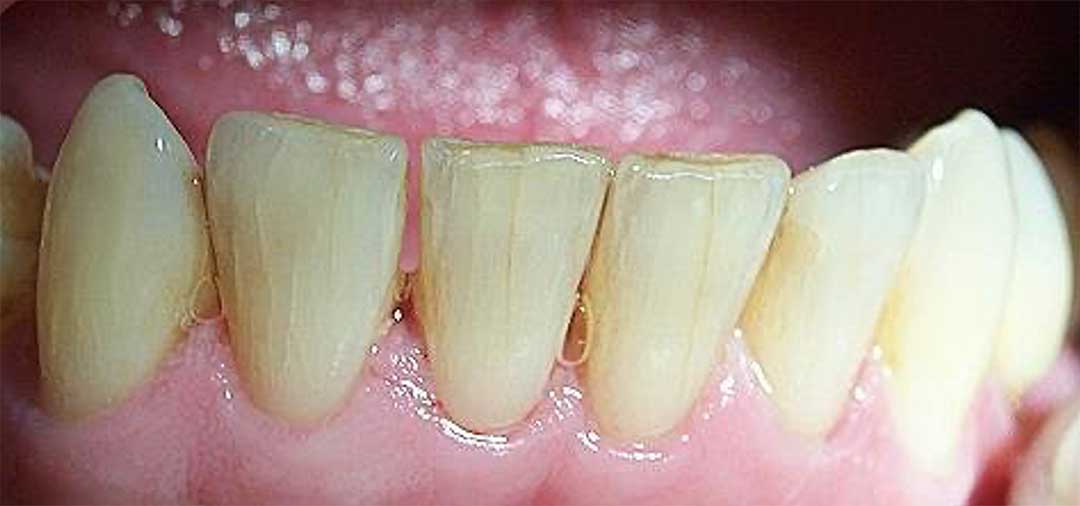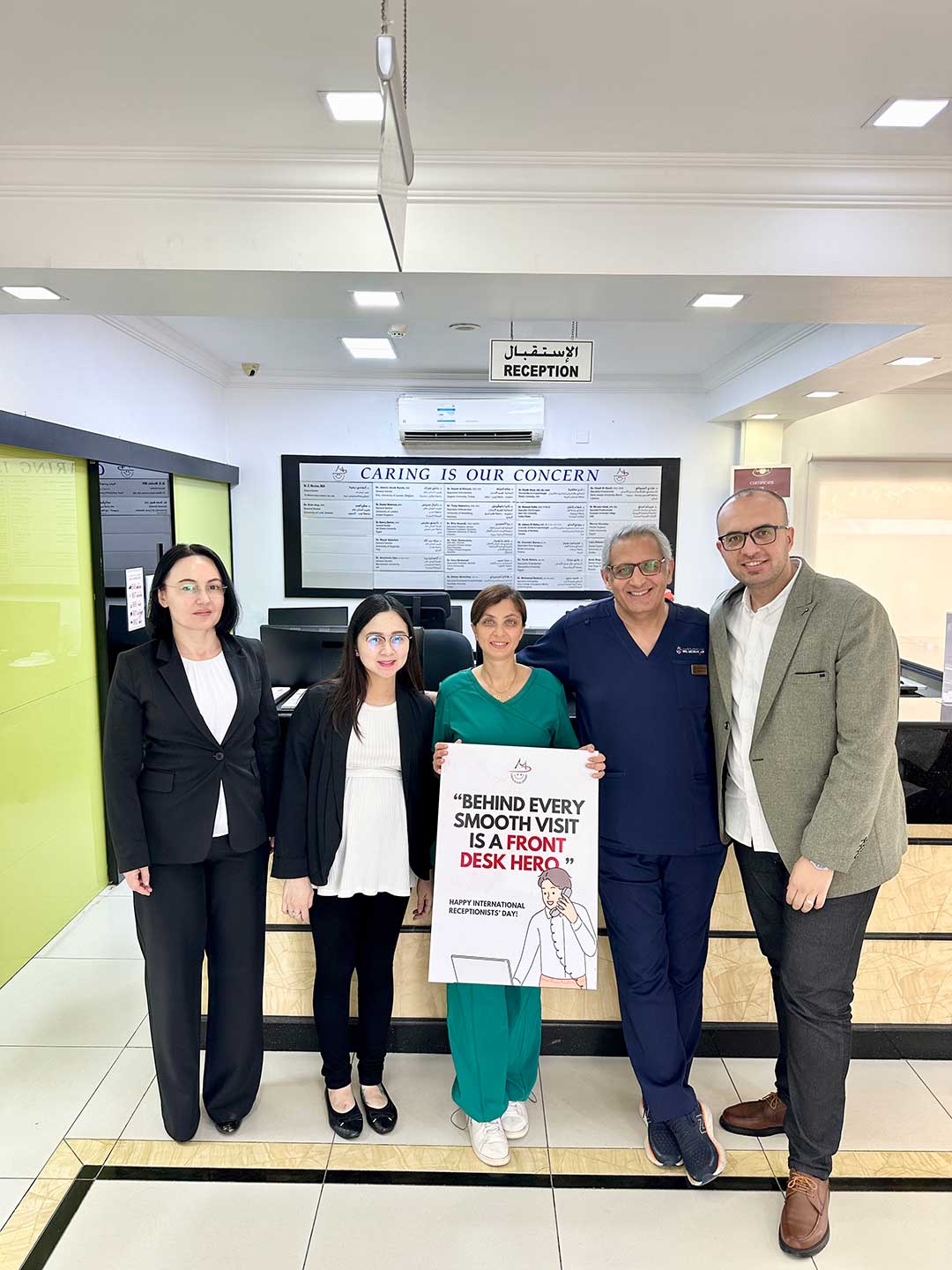That sudden crunch you weren’t expecting? If you’ve ever bitten down on something hard and felt a sharp pain or noticed a piece of your tooth chip off, you’re not alone. A cracked tooth can happen to anyone — whether you’re enjoying popcorn at the movies or grinding your teeth at night without realizing it.
How can you tell if you have cracked teeth?
Cracked teeth can be tricky — they don’t always cause constant pain, and the symptoms can come and go. Many patients experience sharp discomfort when chewing, especially when releasing biting pressure. Others might notice sensitivity when eating or drinking something hot or cold.
Because the pain isn’t always predictable and may shift, it can be difficult to pinpoint which tooth is actually affected. That’s why it’s so important to see your dentist as soon as something feels off — advanced tools and a detailed exam can help detect even subtle cracks before they become bigger problems.
But what should you do when it happens? Here’s a straightforward guide to help you handle a cracked tooth with confidence.
Step 1: Don’t Panic — But Don’t Ignore It Either
Some cracks are small and harmless. Others can lead to serious problems if left untreated — like infection, nerve damage, or even tooth loss. According to a review in the Journal of the American Dental Association (JADA), cracked teeth are one of the most difficult dental issues to diagnose and treat because the symptoms can vary so widely.
So if something feels off, it’s important to see your dentist and act early.
Step 2: Rinse and Assess
Right after the crack happens:
- Rinse your mouth gently with warm water to keep it clean.
- If there’s swelling, apply a cold compress on the outside of your cheek.
- If there’s pain, you can take over-the-counter pain relief like ibuprofen (unless your doctor says otherwise).
Avoid chewing on the cracked tooth — switch to soft foods and try to chew on the opposite side of your mouth.
Step 3: Call Your Dentist Right Away
A cracked tooth won’t heal on its own. In fact, delaying treatment can make the crack worse. The sooner we see you, the better the chances of saving your tooth. Here at Drs. Nicolas & Asp Centers, our team of experienced dentists uses advanced diagnostic tools to locate even the smallest cracks — and determine the best way to treat them.
Step 4: Treatment Depends on the Type of Crack
Not every cracked tooth is the same — and neither is the treatment. The location, depth, and severity of the crack all play a role in how your dentist will handle it. Here’s a helpful guide to the most common types of tooth cracks:
Craze Lines

Photo Credit: Rawan Abu Zaghlan, Research Gate
Fractured Cusp
Cracked Tooth
Split Tooth
Vertical Root Fracture
Step 5: Protect Your Smile Going Forward
Prevention is key. Cracks often happen because of:
If you’re at risk, we may recommend a nightguard, dietary changes, or even replacing older fillings with stronger restorations like porcelain or zirconia crowns.
Final Thoughts
A cracked tooth isn’t something to ignore. With expert care and early intervention, most cracked teeth can be saved — and your smile can stay strong for years to come.
If you think you may have a cracked tooth, don’t wait. Call 04 394 7777 or book an appointment online with one of our dentists at Drs. Nicolas & Asp Centers and let’s take care of it before it becomes a bigger problem.
References
- Do you have a cracked tooth? The Journal of the American Dental Association, Volume 134, Issue 4, 531
- Li F, Diao Y, Wang J, Hou X, Qiao S, Kong J, Sun Y, Lee ES, Jiang HB. Review of Cracked Tooth Syndrome: Etiology, Diagnosis, Management, and Prevention. Pain Res Manag. 2021 Dec 15;2021:3788660. doi: 10.1155/2021/3788660. PMID: 34956432; PMCID: PMC8694987.
- Cracked Teeth American Association of Endodontists


